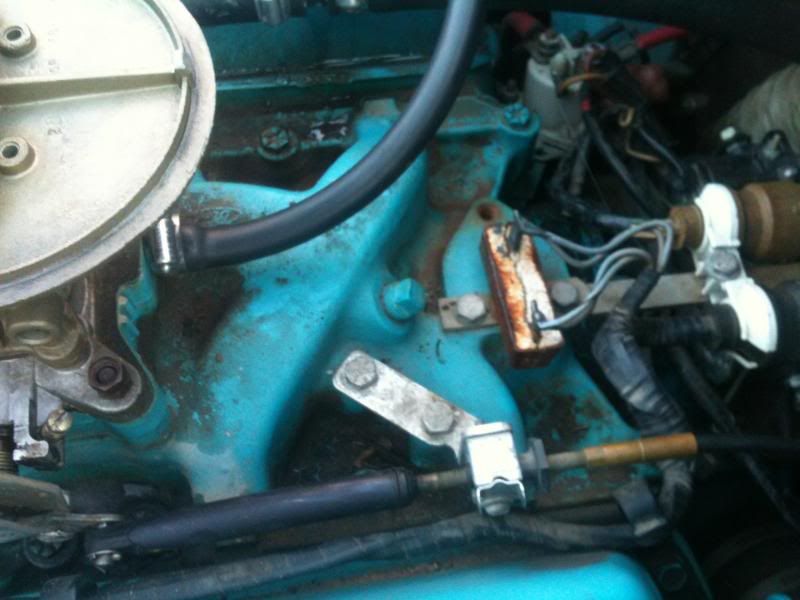Rich Novak
Petty Officer 2nd Class
- Joined
- Jul 22, 2012
- Messages
- 181
How much vacume does a marine engine produce.
I want to set the carburator using the vacume guages.
1972 225 HP omc
My classic car has about 15 # at idle.
What should the boat have.
Thanks, Rich
I want to set the carburator using the vacume guages.
1972 225 HP omc
My classic car has about 15 # at idle.
What should the boat have.
Thanks, Rich




















